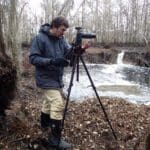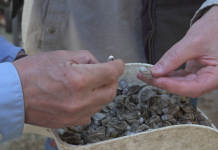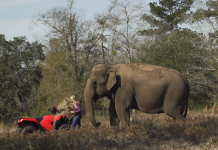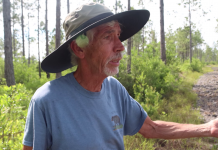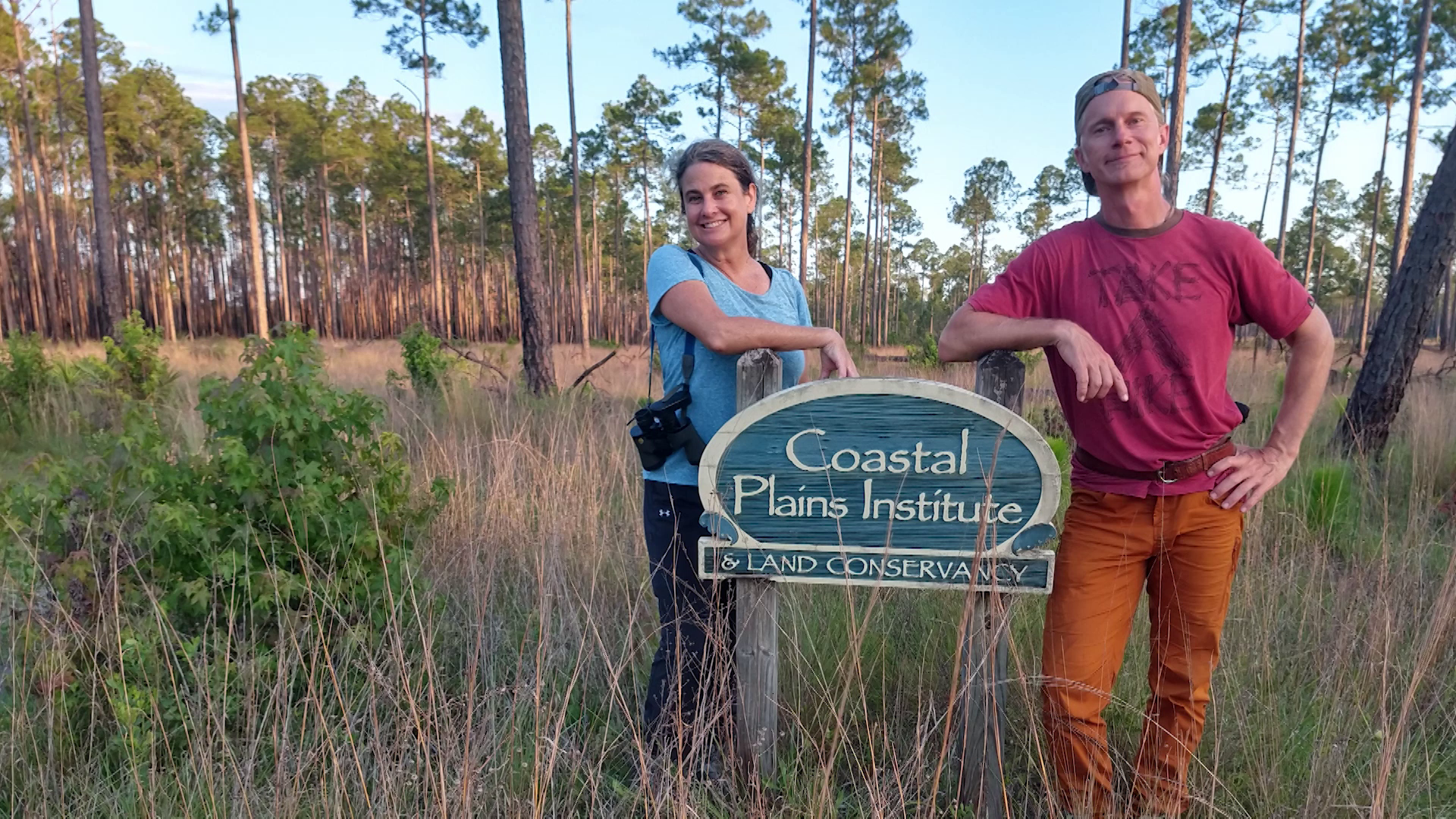

The Apalachicola Lowlands Preserve is a patch of forest near the Apalachicola River, where a family of conservationists maintains 80 acres full of rare and uniquely Floridian plants. We’ve met the Means family before through a variety of EcoAdventures on Local Routes, but this story explores one of their biggest missions.
Before today, I had no idea this part of Florida was called the Apalachicola Lowlands. We’re just a few miles from Sumatra, in the central panhandle, on a small preserve surrounded by the Apalachicola National Forest. It’s an area renowned for its wildflowers, in particular its diversity of carnivorous plants. It deserves a cool regional name. Today, Ryan Means is going to show us that there’s much more here than pitcher plants.
Ryan is the president of the Coastal Plains Institute, which operates the Apalachicola Lowlands Preserve. In 1992, CPI purchased 80 acres nestled within the National Forest. It’s just big enough for us to cover a lot of it on foot, and we’re here at good time.
“We put a fire down here on April 27th, and here we are five weeks later.” Ryan says. “And I am seeing five, ten species of flowering plants in bloom. And more with every week that passes.”
That’s five to ten species that he can see from the spot where he’s standing. As with any longleaf ecosystem, there are wildflowers we only notice when we’re right on top of them. Today, we’ll see a few that are rare, and a few not found outside of the central panhandle. And as on any of our adventures with CPI, we’ll see a few reptiles and amphibians.
Like a lot of our north Florida forests, this was once a timber plantation. Thirty years ago, hardwoods here had become dense between planted rows of slash pine. Restoring it has been a labor of love for the Means family.
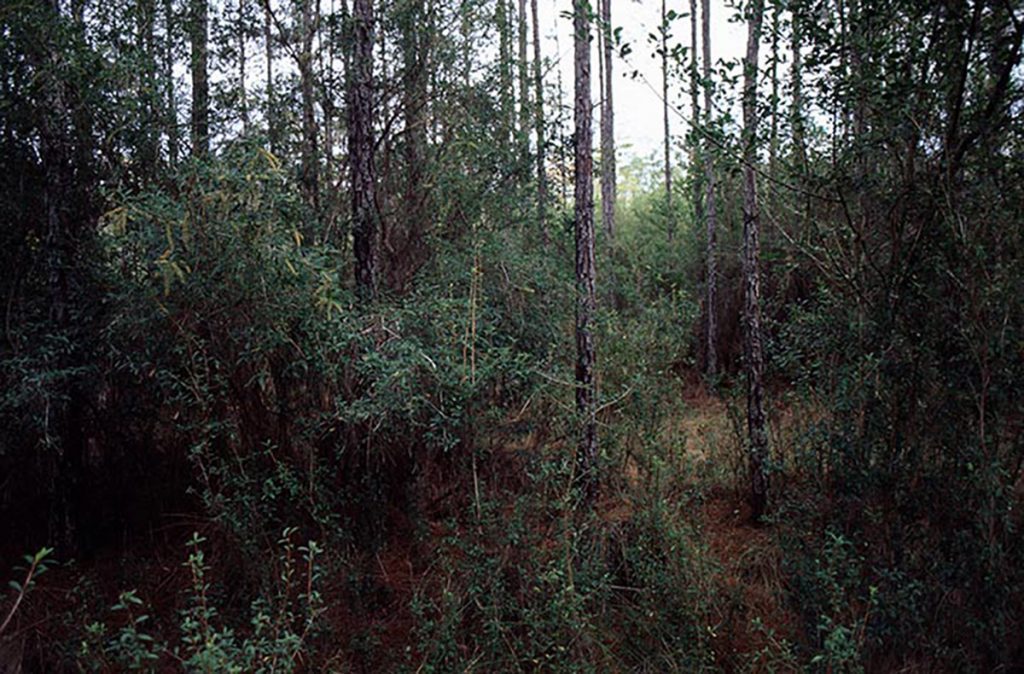

Fire and Family
“When CPI first acquired this property back in 1992,” Ryan says, “just about the first thing that we did to the property was throw out a match, because it needed a burn. Big time. It was fire suppressed to the Nth Degree.”
Rob Diaz de Villegas is a senior producer for television at WFSU Public Media, covering outdoors and ecology. After years of producing the music program OutLoud, Rob found himself in a salt marsh with a camera, and found a new professional calling as well. That project, the National Science Foundation funded "In the Grass, On the Reef," spawned the award-winning WFSU Ecology Blog. Now in its tenth year, the Ecology Blog recently wrapped its most ambitious endeavor, the EcoCitizen Project.
Rob is married with two young sons, who make a pretty fantastic adventure squad.

